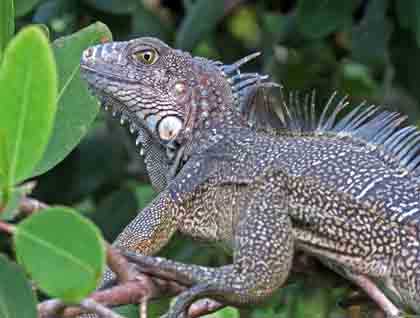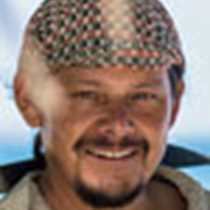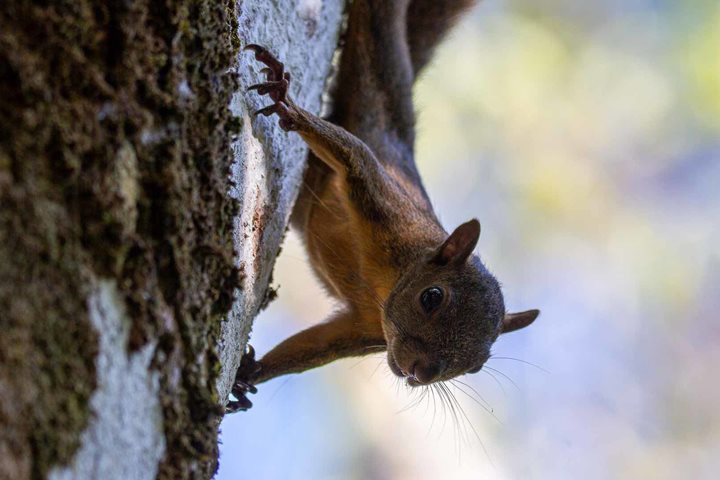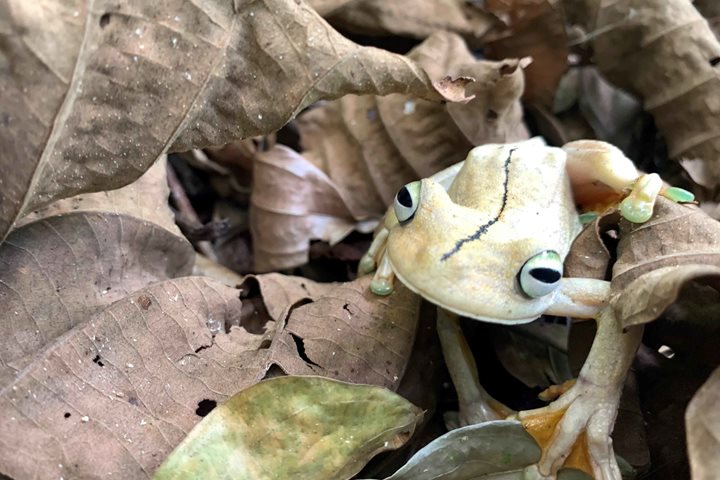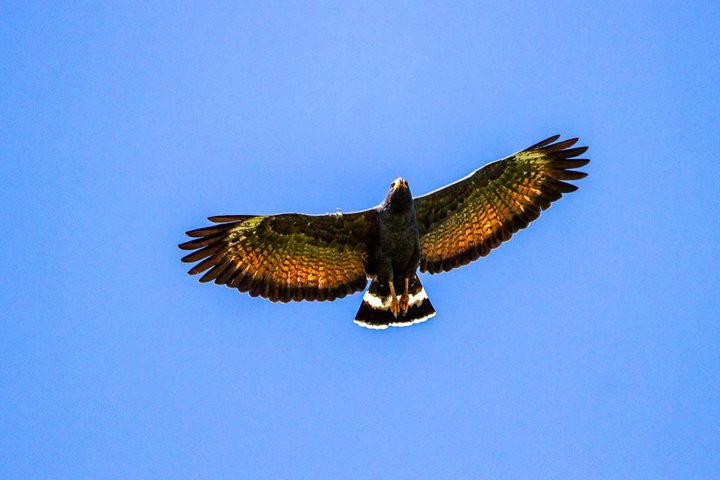As National Geographic Sea Lion approached Coiba Island, the darkness was constantly broken by flashes in the distance produced by a lightning storm. The lightning show gave us a spectacular welcome to a national park once that served as a penal colony. Ironically, its former use was responsible for the protection of its natural richness. Very few people were allowed to visit the main island and as a result its surroundings were never promoted as a travel destination.
After anchoring for a very early outing, those guests that enjoy early birding joined the 6:45 a.m. exploration to the mangroves of Boca Grande located on the southern portion of the island. While the daylight was increasing and the sun rose on the horizon, illuminating everything, our expedition landing crafts entered the estuary. Here the mangroves are the most predominant environment. Willets, whimbrels, ruddy turnstones, mealy parrots and iguanas were some of the wildlife that we found.
Once back on board Sea Lion we repositioned to a small island called Granito de Oro. We took our snorkel gear and were delighted with the beautiful warm water and the colorful fish we saw. The sandy beach was home to many hermit crabs that were busy scurrying about and we enjoyed relaxing in the sunshine.
After lunch we were fortunate enough to have a low tide and we were able to land at a rarely visited place, Canal de Afuera. The white sandy beach was gorgeous, as well as the coral reef, which is part of one of the largest coral reefs in the Eastern Pacific. Our activities included kayaking, snorkeling, swimming and relaxing.

